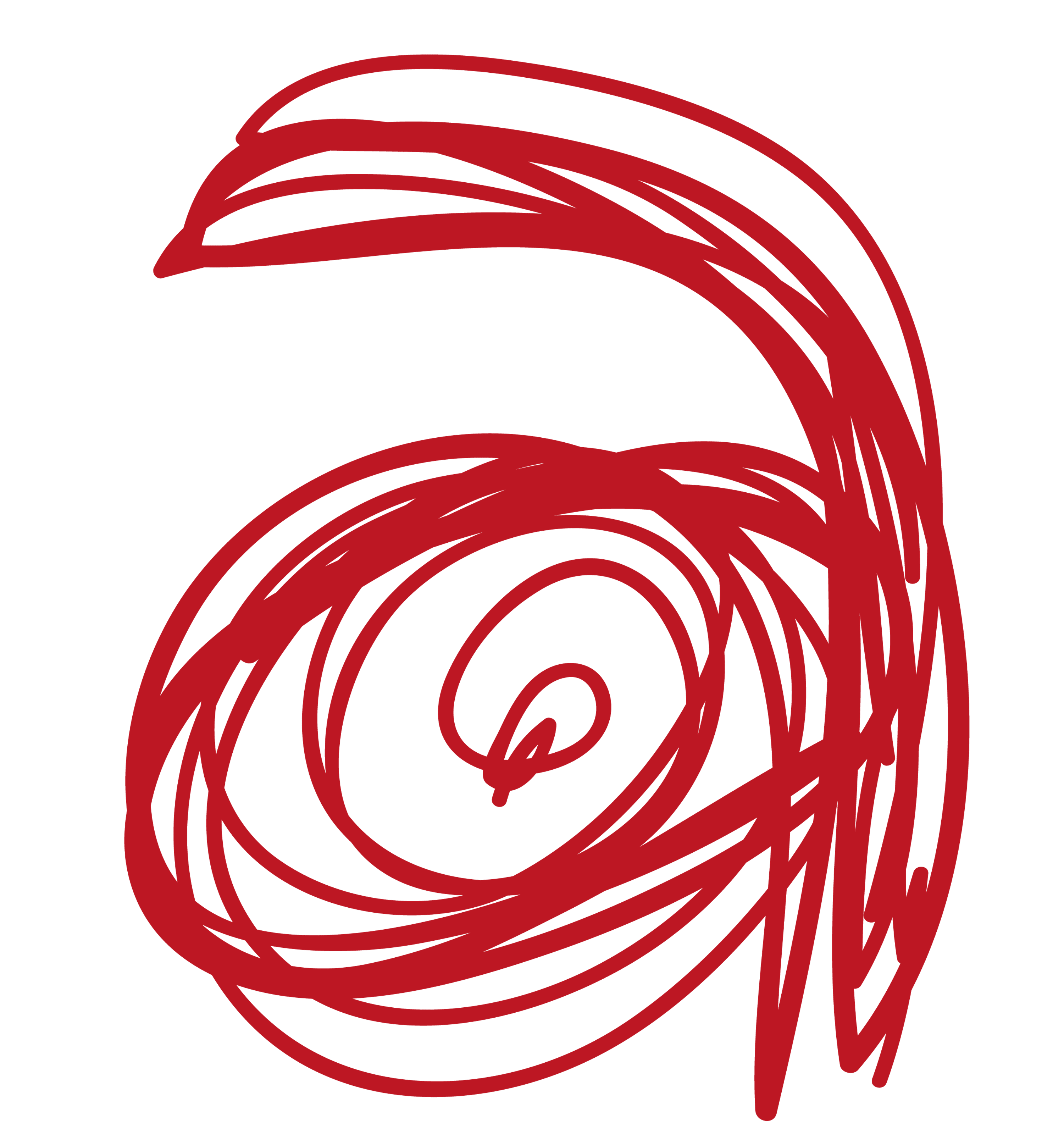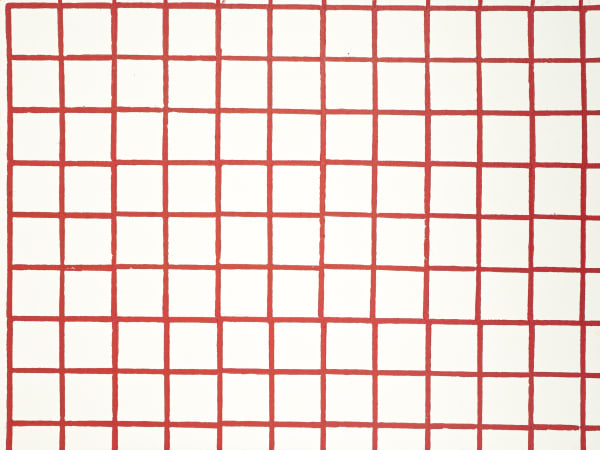-
Aisha Alabbar Gallery is delighted to present The Scent of Memories, Najat Makki’s second solo exhibition with the gallery. Najat is a pioneering figure within the local art community, and her profound insights into the relationship between colour and the memories associated with specific places have significantly enriched the depth and diversity of her expression.In this new body of work, she layers colours on top of each other to create intense sensory experiences in her paintings by challenging the limits of colour’s impact on our senses. Her recent works on fabric include contemporary interpretations and adaptations of the dot and paisley design from traditional fabrics. “The Scent of Memories” serves as a testament to Makki’s daring and inventive approach, consistently pushing the boundaries of her practice by exploring new techniques and mediums.
-
-
Chromatic Imprints; a Scent, a Feeling
Essay by Nadine Khalil“For seeing the sea, it’s sometimes better to close one’s eyes”— Etel Adnan, Sea & FogDuring my adolescent years in Beirut, I’d often gaze at the immensity of the Mediterranean Sea, envisioning a bottomless basin connecting different parts to the world. Much later in 2017, after I moved away, I realized that the Mediterranean’s peculiar mix of ultramarine and cobalt blue always recalled home - in its expansiveness and distance, a familiar unknown.Artist Najat Makki understands how color indexes memories linked to place. Although this emerges from her encounters with the UAE’s landscape, the vividness of her palette often verges on the unnatural. She says that these are images she can see with closed eyes. “Colour carries the shadows of something you deeply recognize,” she says, “Like the smell of an ancient house you grew up in.” -
In Conversations #1, a vision of the sea bed unfolds in six textures of blue and turquoise like layers of sediment and deep time. Moving from vein-like etchings, lines in wavy forms or tally marks indicate directionality. This work derives from her recollections of the Creek in Bur Dubai, near where she lived as a child, a water body that she noticed changes according to the play of natural light or seasonal shifts. Color became her barometer to mark these differing intensities. “The waters embodied pain, music, violence and strength. They seemed volcanic at high tide and placid when the sea was calm,” she says.Some of Makki's strongest paintings focus on the multiple tonalities of the same color. Others are too much to take in at once. In their effusive combinations of saturated hues, they feel like a scent that overpowers the senses. It is as if she is asking: to what extent can colour inhabit us?During the decade Makki spent working at the Ministry of Education in the 1980s, she was influenced by neon used in the scenography for puppet theater in the children’s programs. Her first solo exhibition in 1987 at Al Wasl Club featured fluorescent paintings under black lights. Vestiges of looking at the spectrum of light as technology remain in her painting. “Although my work then wasn’t fully developed,” Makki notes, “the setup felt like dough in my hands that I could mould the way I wanted.”
-
 Detail view of Horizon
Detail view of Horizon -
In comparison to her diaries of excess pigment, her recent interventions on appropriated textiles use more minimal, repetitive motifs in constrained forms. They seem to allude to her attunement to musicality and cadence. Her new works are largely contemporary renditions of traditional textiles common in women’s clothing in the UAE - some of which are originally from Iran, Pakistan and India.
Female-centered without being figurative, in one series, she takes the modernist 20th-century polka dot motif that rose in its ubiquity, and inserts her own dots in a grid. Naming this color-coded series Four Seasons in a place where only two (summer and autumn) are the most prominent, her smaller dots bordering edges of the original fabric’s circles, or just missing the center, take on added meaning. Sometimes her grid of dots adds an optical illusion, another frame within the frame, an unintended flourish perhaps.
-
Other exercises like Untitled 199 and Untitled 200, take the dot or the square grid as single subjects of study. For Makki, these are representations of society or a world of women but they read as spaces of precision. Only the singular manual imperfections can lend a sense of the sense of the singular individual in the collective.
-
 Detail view of Resonance #1
Detail view of Resonance #1 -
The notion of a split or break is taken to new lengths with her contemporary interpretations of the paisley design. By re-inscribing this hybrid symbol with Persian origins and loaded postcolonial histories, especially within an Indian subcontinent context, she playfully shifts the motif’s movement across the page (Untitled 194) and turns it upside down (Untitled 188).
-
 Conversations #4
Conversations #4 -
Other works in the show
-
ABOUT THE ARTIST
Najat Makki (b. Dubai, 1956) is a pioneering Emirati artist best known for her curiosity for color and dreamlike, abstracted depictions of the natural landscape in the UAE. What started as childlike wonder led her to Cairo, where she graduated with a Bachelor’s and Master’s degree in relief sculpture and metal from the College of Fine Arts (1982 and 1998, respectively). Upon returning to the UAE, the colorist and painter started exploring fluorescent paints through her work in scenography for children at the Ministry of Education, introducing the Gulf to a style of abstract painting that is characterized primarily by large fields of flat, solid color, spread across, creating areas of unbroken surface and a flat picture plane. Her use of this material in contemporary art contexts created an unconventional viewing experience, often accompanied by UV-A lights that elevate matter from canvas in lurid dimensionality. This experimentation first debuted in her solo exhibition at Al Wasl Club in Dubai in 1987, marking a turning point in her career and gaining her regional recognition. Makki later returned to the Egyptian capital to pursue a doctorate degree, making her the first Emirati woman to formally specialize in the philosophy of art (2001), adding a theoretical dimension to her practical aptitude and visual flair.Makki has exhibited widely in her home country but also internationally in Egypt, France, Germany, India, Jordan, Switzerland, Syria, Turkey and the United Kingdom. Her works are in the permanent collections of the Sharjah Art Museum, the Cultural Foundation in Abu Dhabi, Sultan Bin Ali Al Owais Cultural Foundation in Dubai, Women’s Museum in Dubai and the Ministry of Culture and Youth in Abu Dhabi, among many. Makki was the only female artist among the 15 showing at 1980 – Today: Exhibitions in the UAE, the National Pavilion UAE, the 56th Venice Biennale (2015) curated by Sheikha Hoor Al Qasimi, and had an acclaimed retrospective at the Cultural Foundation in Abu Dhabi entitled Luminescence (2019). She is a current member of the Dubai Cultural Council, the Emirates Plastic Arts Society and Art Friends Society. A multi-award-winning artist, she has received the Emirates Appreciation Award (2015), the Ministry of Culture, Youth and Community Development’s National Award for Arts, Sciences, and Literature (2008), Gulf Cooperation Council Biennial Award (1998), Sultan Bin Owais Cultural Award (1994), Jury Award, First session of Sharjah Biennial (1993), in addition to several excellence and merit certificates.
Najat Makki13 September - 2 November, 2023
















